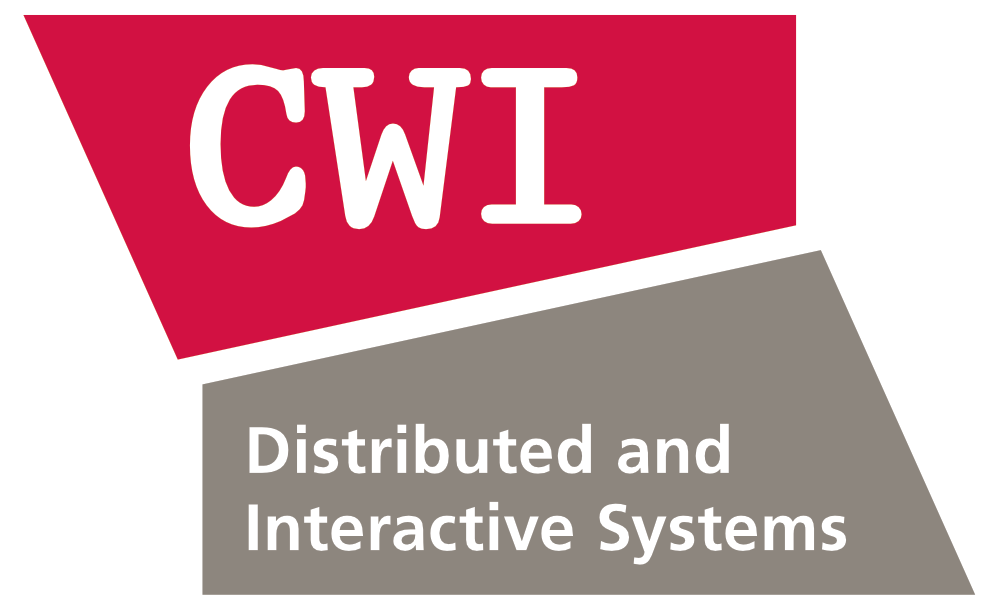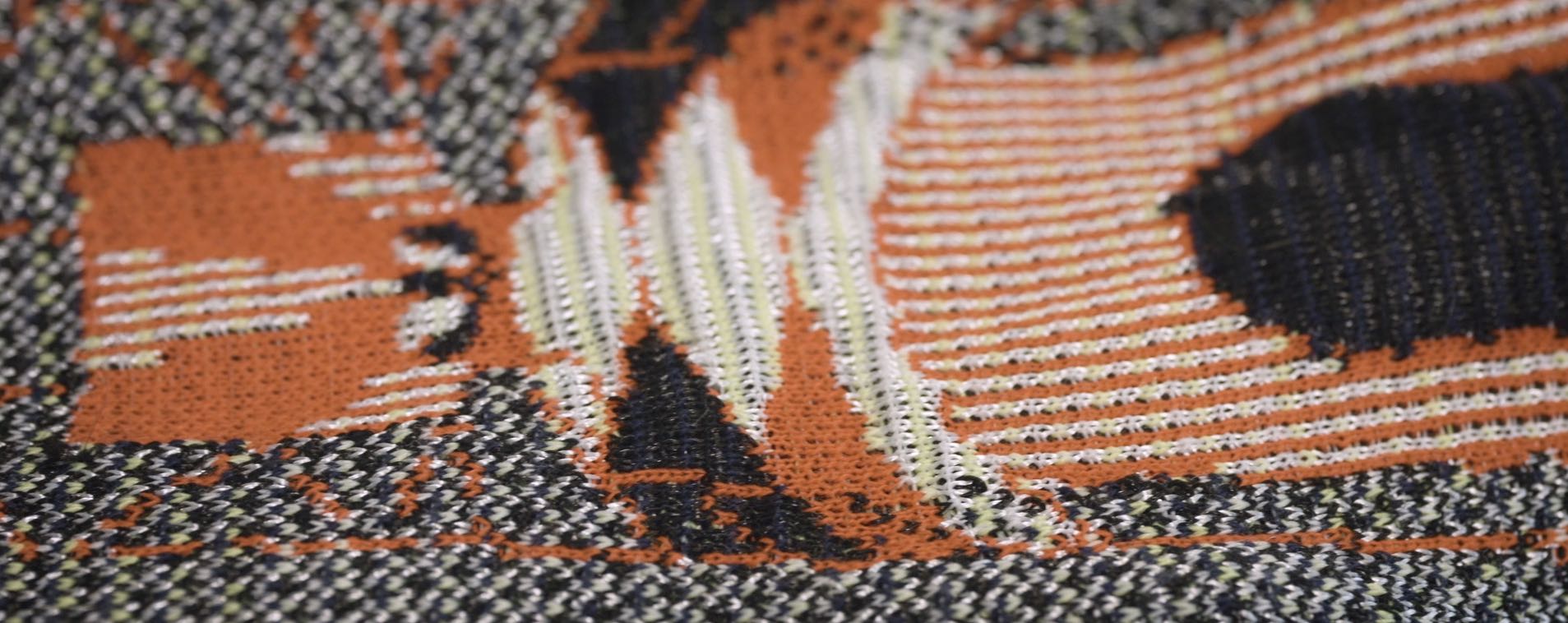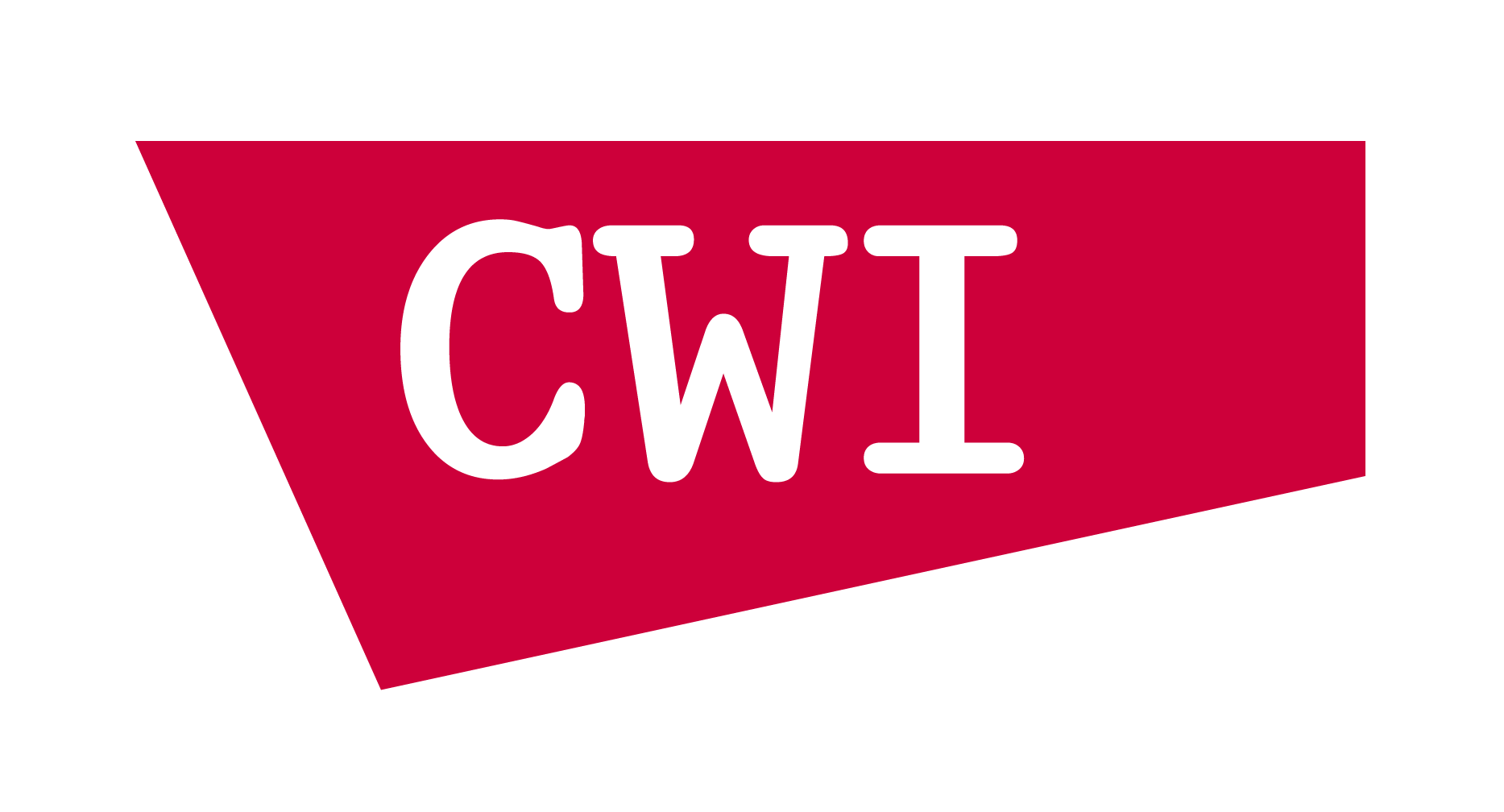DIS Group Develops Co-Creation Space for Digital Humanities

Publication date: 2021-07-02
The main objective of the TRACTION project is to use new ideas and embrace new technologies to involve citizens in the creative process of opera. One key challenge of digital co-creation is allowing professionals and community members from diverse cultural, language, and technology backgrounds to easily have conversations about media. As part of the project, the DIS group at CWI is developing The Co-creation Space, a “private social media” tool that unites the media storage, sharing, and media editing capabilities of traditional social media. The tool allows participants to easily have conversations and interact about production content, such as music or costumes, in the co-creation process.
To support collaboration with communities that may otherwise have not been possible due to the COVID-19 pandemic, DIS ran a two month open pilot of the Co-creation Space with composition workshops from the Irish National Opera (INO) and three Irish communities: residents of Inis Meáin, adults living in Tallaght/South Dublin, and a group of secondary school students living in rural areas of Ireland.
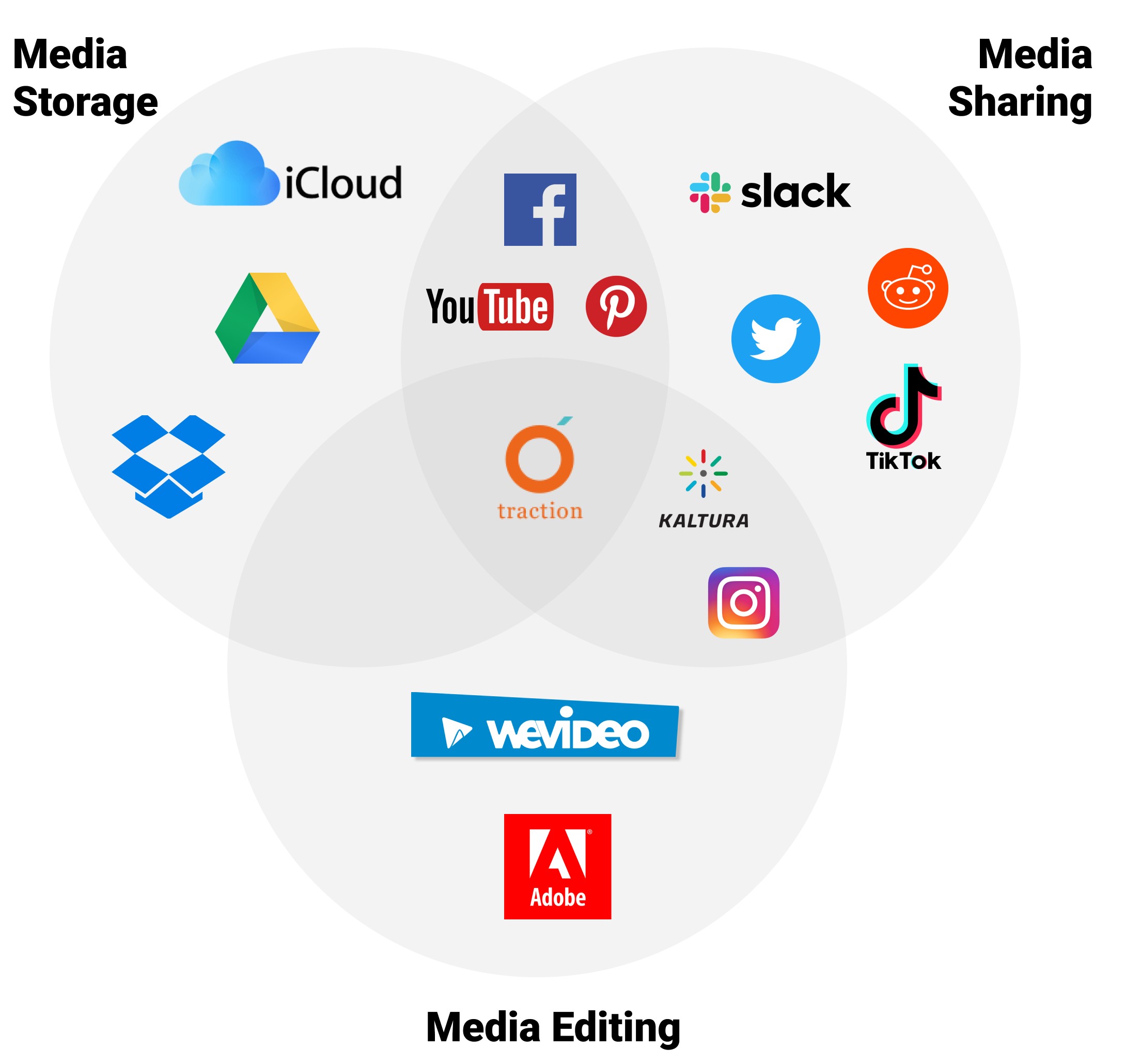
User-centered design is at the heart of the Co-creation Space development process. This approach to interactive systems development focuses on understanding and evaluating user needs and requirements by applying human factors/ergonomics, usability knowledge, and techniques through an iterative process of design and feedback, first gathering initial requirements through focus groups with TRACTION partners, developing and refining personas, and creating use cases, storyboards, and wireframes, that informed the design of the tool. Prior to the open pilot, in the end of 2020, DIS evaluated the usability and usefulness of the Co-creation Space together with the Gran Teatre del Liceu in Barcelona.
The goal of the open pilot was to deploy the Co-creation Space, gather functional requirements for large-scale deployment, and better understand the tool’s usage for co-creation activities. During the INO workshops, composer Finola Merivale employed the Co-creation Space to stir conversation and collaboration between participants, challenging participants to make instruments and create sounds using household objects. Participants employed the Co-creation Space to store and discuss recordings, as well as support one another’s work through comments and emoji reactions.
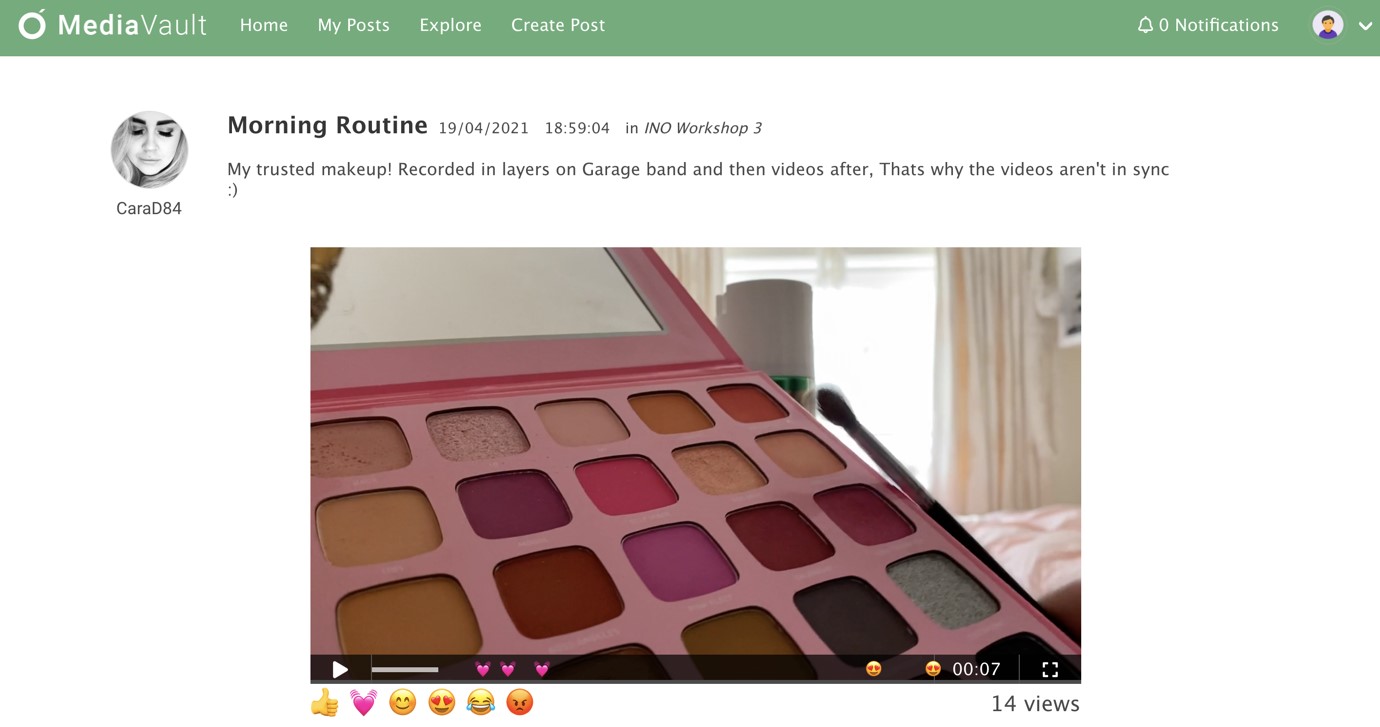
Workshop participants felt that the tool created a sense of unity and positive encouragement between the amateur composers. Contrasting traditional social media, participants explained that Co-creation Space was easy to use because it was purpose-built, and not overloaded with features. It “doesn’t try to be too many things” one participant explained. Further, participants appreciated the privacy of the tool; they felt they could explore creative ideas “without worrying that your crazy idea will [be heard] out of context…and misinterpreted.”
Together with VicomTech, the DIS group is analyzing the open pilot data to understand how participants interact with media, what collaboration patterns emerge, and how the co-creation of a project evolves over time. This work will produce excellent research in the domain of computer supported cooperative work.
